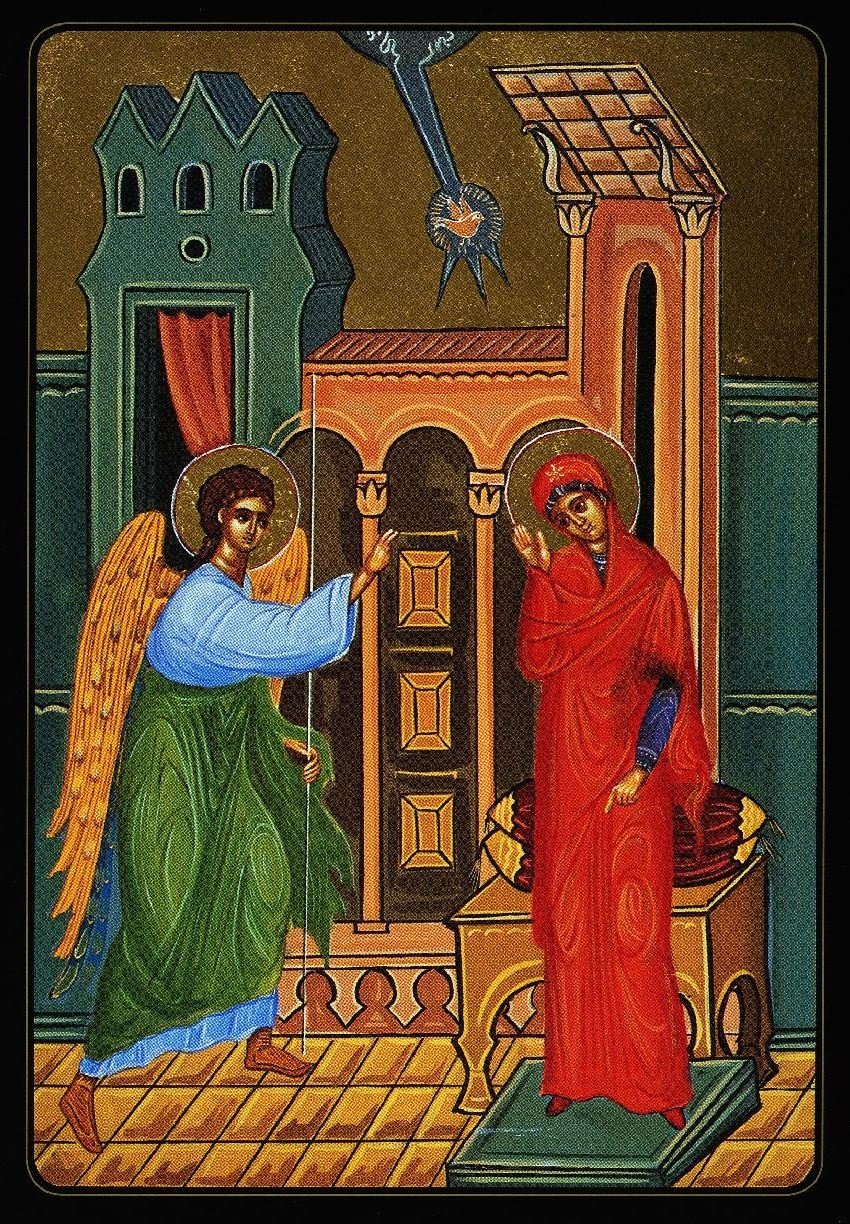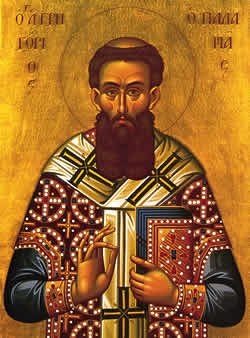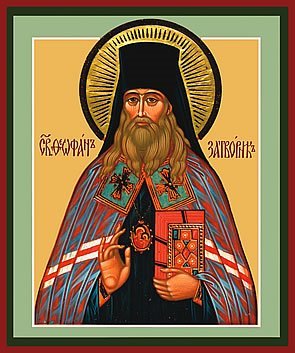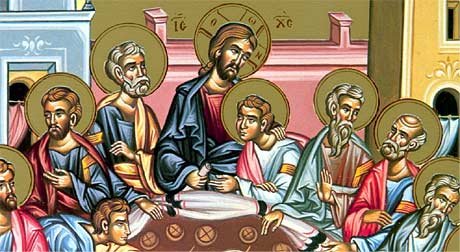One of the themes that appears in Paul’s Letter to the Galatians is that of freedom. He creates an allegory of a slave woman and a free woman and then uses that allegory to proclaim: “We are children not of the slave but of the free woman.” Paul then goes on to assert that our relationship with Christ literally “sets us free.” He then states: “You were called to freedom, brothers and sisters. Do not use your freedom as an opportunity for self-indulgence, but through love become slaves to one another.”
Paul then reminds us, as he reminded the Galatians: “the whole law is summed up in one commandment: ‘You shall love your neighbor as yourself’ ”. The real way to freedom, according to Paul, is love of neighbor which is based on love of self. Perhaps this is where we Christians often have trouble: we don’t love ourselves enough to truly love our neighbors.
Thus Paul’s letter to the Galatians is instructive. His theology comes from the concrete circumstances he encountered in his missionary activity. Although at times it seems rather obtuse, it is rooted in what was happening in the Christian communities in which he preached. It also seems that he came to realize that humans are easily and quickly distracted from the truth of the Gospel. This is probably due to the fact that the Gospel challenges us to change the way we think and the way we respond to life.
Consider how quickly we can forget to unconditionally love and forgive when someone hurts us. Anger and rejection by others can easily cloud our minds and hearts and forget our commitment to love others unconditionally because that is the Way of Jesus.
To live like Jesus does not mean, however, that we don’t confront others in a Christian manner. Consider how Paul confronted Peter when Peter came to Antioch. Paul records that he said this to Peter: “If you, though a Jew, live like a Gentile and not like a Jew, how can you compel the Gentiles to live like Jews.” Paul said this because all the other Apostles were insisting that people converted to the Jesus movement embrace the practices of Judaism. It was through Paul’s efforts and insights into the Gospel of Jesus that the Jesus Movement actually became a new religion. He saw the efficacy of the Gospel for changing the way people lived. He was inspired to see that the teaching of Jesus was meant to simplify religious practices and engage followers in a new way of living, a way that was inspired by the Holy Spirit and involved love of fellowmen instead of keeping laws.
How do you view your religion? Is it a set of rules and regulations or is it a new way of living?







